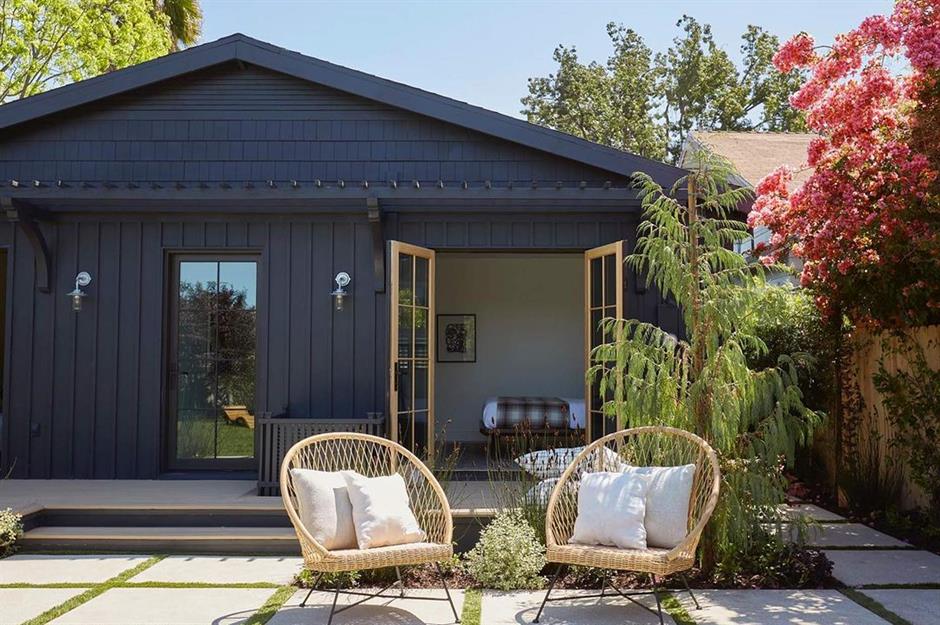Owning a garage was once a symbol of wealth and space. The garage was an embodiment of 1980s economic growth and the rise of the motor car. Recent findings however, have found that far fewer car owners now choose to store their cars in their garage compared to those who leave them on the road. Instead, garages now have a myriad of other uses. Why have the last two decades seen such a turnaround in garage use?
The story of the garage
The car garage has been around since the dawn of the motor car. In those early days, they were needed to protect the car from corrosion and rust. However, cars are now built to far better standards and can be left outside in all weather without much damage. The booming housebuilding in the 1980s saw single or double garages added to new builds as a demonstrable sign of wealth and status.
Change of purpose
In the last 20 years, however, we have seen a dramatic shift in the way that people use garages. Only 22 per cent of garage owners now park their cars in the garage, and nearly 4 million homeowners have converted the garage for another use. House prices have done little but rise astronomically during this time, and although families haven’t grown in size, our expectations of the home have. Families now expect to have more than one recreational room plus a playroom, a second bathroom and even a home office.
Workshop space
The main reason for converting a garage is to create a workshop, which accounts for 26 per cent of conversions. Does this show a rise in DIY or a demise of the “men’s shed” as they seek warmer climes in a converted garage? Either way, converting a garage into a workshop is a fairly simple task because it doesn’t require new flooring. It does require the installation of garage shelving equipment such as garage racking systems, which can make greater use of the space that you do have, making more room for DIY, construction or woodwork.
Over the next decade, we can expect more homeowners to do the same as the need for a garage continues to seem less relevant over time and the demand for more living space increases.

